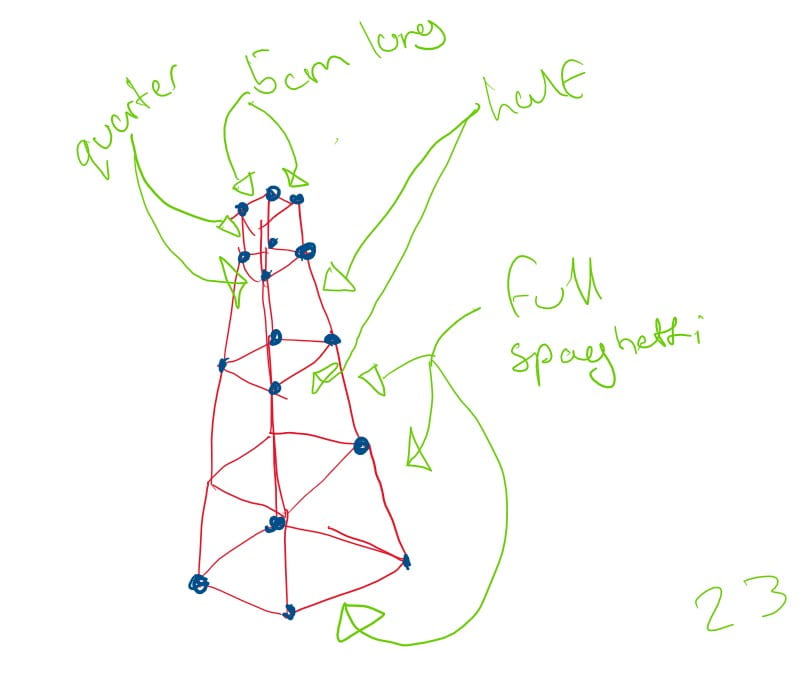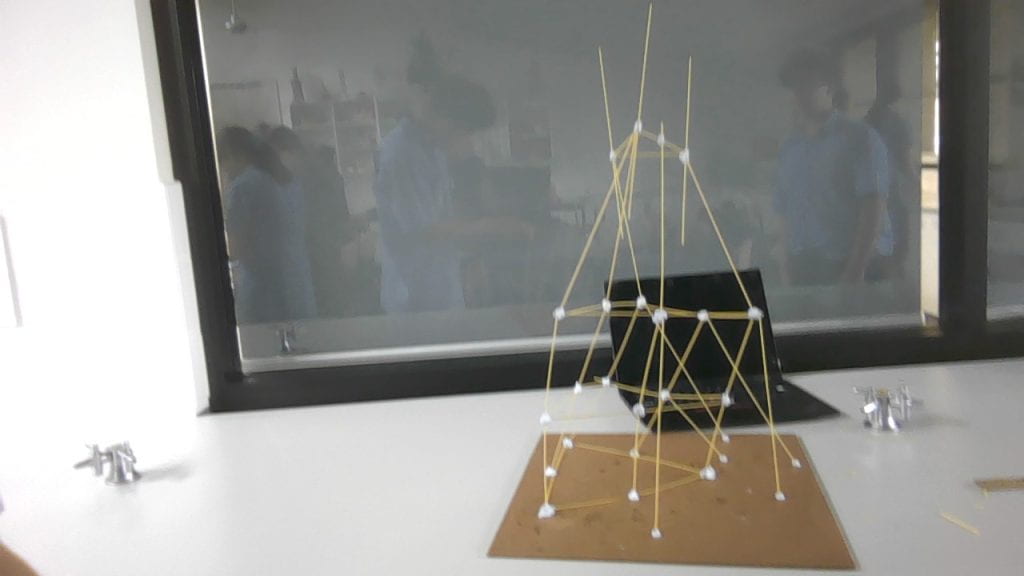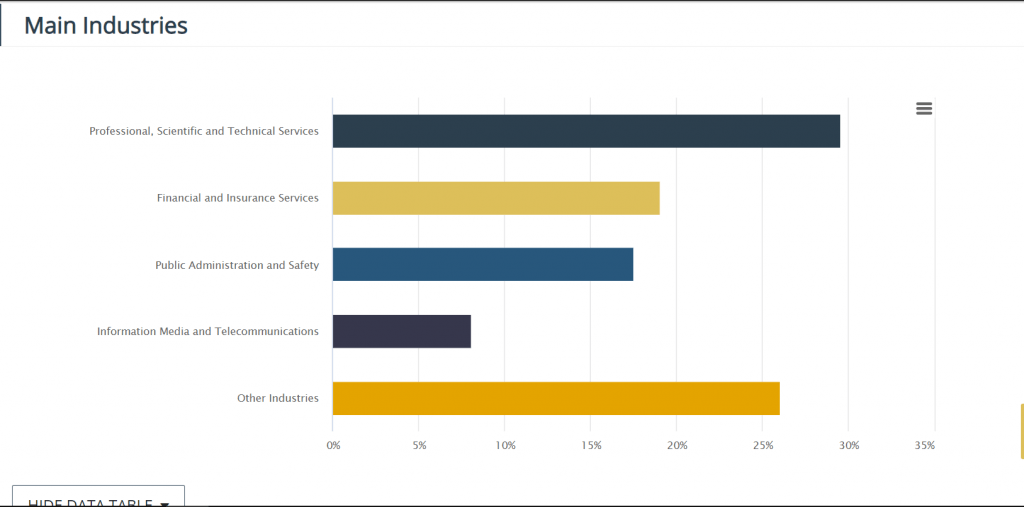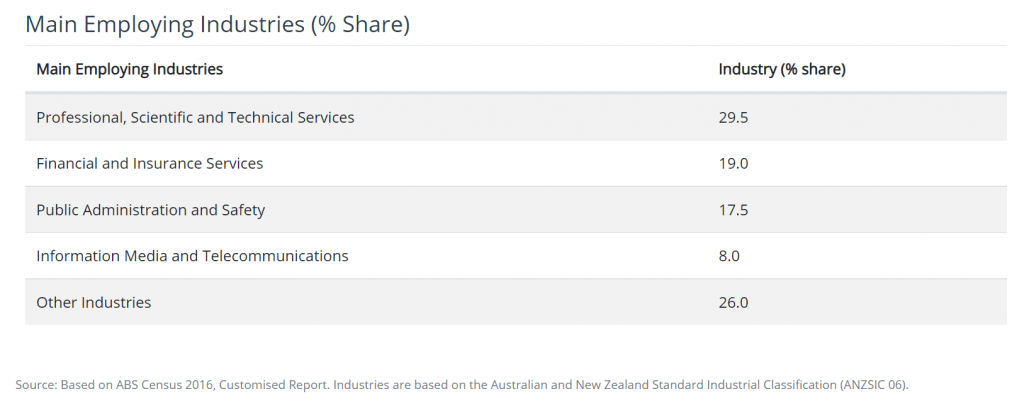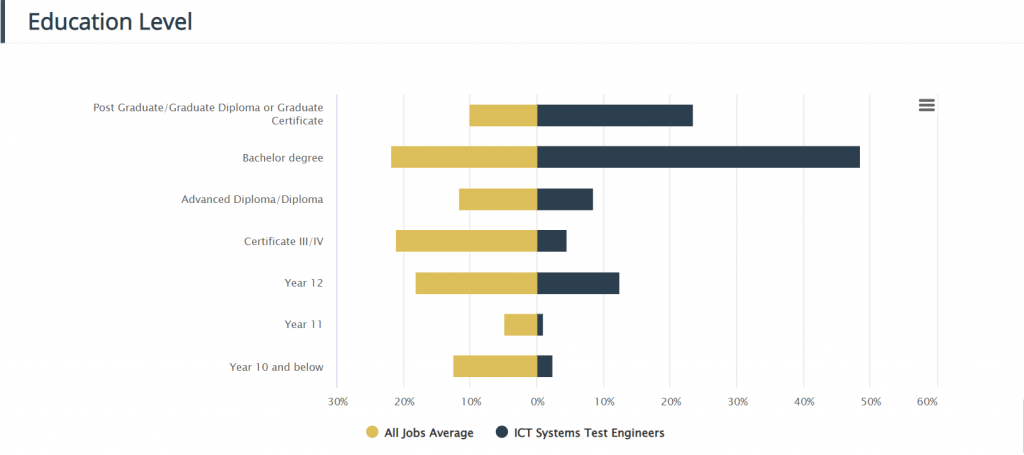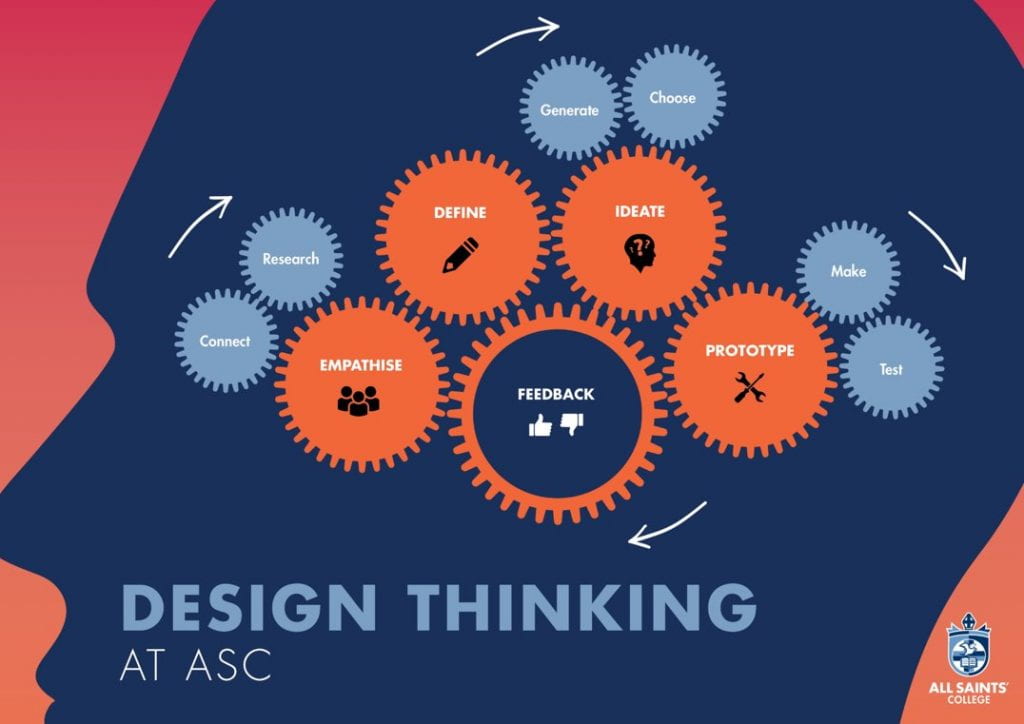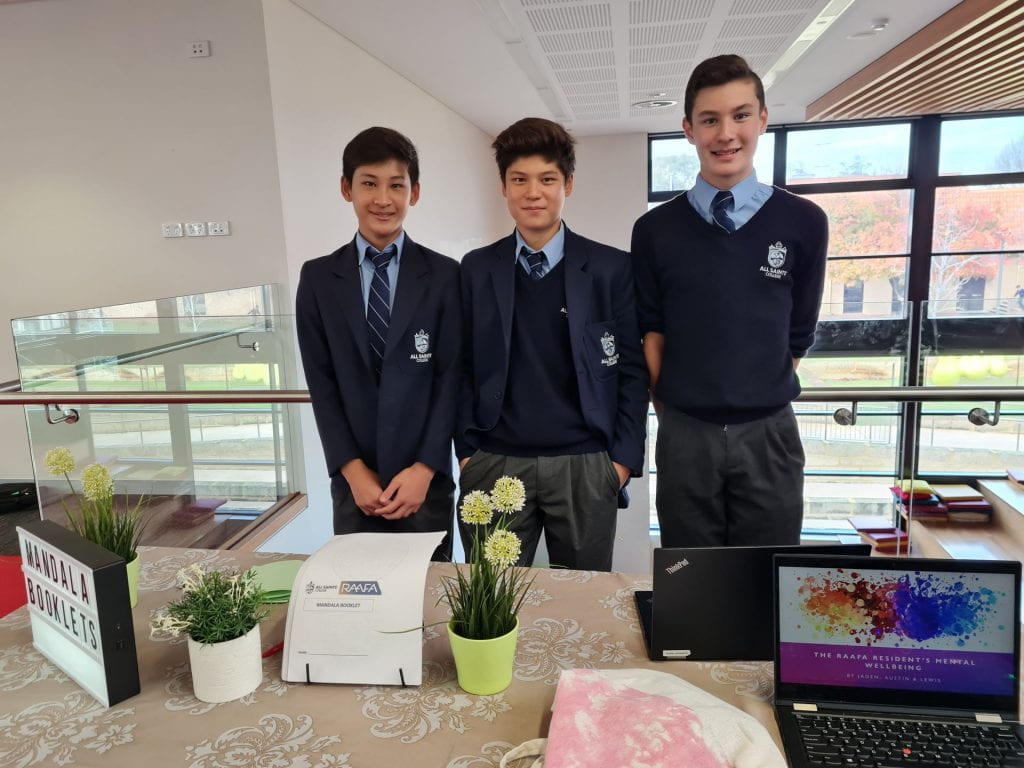The principles of justice are all individuals are equal before the law, individuals have the right to a fair hearing, the judiciary is independent and impartial, and individuals have the right to a reasonable hearing
There are several principles that are designed to reach equality before the law and court, that all people are treated equally regardless of their personal circumstances or background.
Australia’s legal system is based on the common law system, meaning the common law is enforced uniformly across all states.
This means that the legal system is based on these key principles, equality before the law, right to a fair hearing, right to appeal, right to silence, the presumption of innocence and high quality of evidence These principles are important because if there aren’t any of these principals then the courts would be biased, people wouldn’t receive fair hearings and many innocent people would be punished whilst criminals would be let go.
For example, if somebody was murdered and there were 2 accused of the crime the 2 people’s differences where one was Anglo-Saxon whilst the other is African American and the Anglo-Saxon was rich whilst the African American was poor if the key principles weren’t in place the court could discriminate against the African American who is actually innocent, and the Anglo Saxon is guilty. Although the Anglo Saxon is found innocent whilst the African American is found guilty only because he was discriminated against.
An example of this is the case of the Andrew Mallard, who was charged for the murder of Pamela Lawrence in 1994 and was convicted in 1995, Andrew was a suspect amongst the other 136 initial suspects, it is said that Andrew had been arrested earlier that day for breaking and entering but was fed information by the police and spoke it back and the police took this as a confession.
These principles demonstrate that with them they created the foundations of the legal system and without them, the whole system would be undermined and unbalanced with no purpose whatsoever apart from favouring certain people and if certain people are favoured then innocent people will go to jail whilst criminals won’t.
Through an investigation of the Andrew Mallard case, it will be shown that some areas of the law were disregarded and broken.
The Andrew Mallard case involved many Principles of Justice being followed and violated. An example of a Principle of Justice being violated is, providing the judiciary with high-quality evidence in the Andrew Mallard case there is very little evidence suggesting Andrew Mallard could have committed the murder of Pamela Lawrence, there are two main pieces of evidence provided by the police to the judiciary, both are scanty and obscure.
There is very little evidence pointing toward Andrew Mallard committing the murder, despite the severity of the attack considering Pamela Lawrence was hit several times to the head there was no blood or DNA found on Andrew or anything linking him to the murder, no DNA is left behind from Andrew on the site of the murder, there is no murder weapon connecting Mallard to the murder as well as Andrew having no history of violence, as shown the judiciary still convicted Andrew Mallard when all the evidence pointed to the contradictory.
The main two pieces Andrew could have been convicted upon were two apparent confessions the first piece of evidence provided by the police to convict Andrew is a set of notes from an eight-hour interview that contained an apparent confession from Andrew Mallard, but this set of notes are not signed by Andrew himself. The second piece of evidence provided by the police is a twenty-minute sector of an eleven-hour interview with Mallard, these were the last twenty minutes of the interview containing Mallard speculating how the murderer could have carried out the murder of Pamela Lawrence. Although the speculation is recounted from a third-person point of view it was still treated as a detailed confession of how “Andrew Mallard committed the murder. This violated the principle of high-quality evidence because the evidence did not lead you to think that Andrew Mallard could have committed the murder, the confession was not signed by Andrew making it an invalid confession and the speculation was given in the third person as well as later found the description was not accurate.
The police, in this case, should have not even arrested Mallard for the murder and even after arresting him they could not provide high-quality evidence; in this case, the police took a single course of action and instead of investigating only Andrew but should have investigated the other 100 suspects just as in-depth.
This shows that the high-quality evidence principle was violated in the case of Andrew Mallard and based on the evidence given to the judiciary Andrew Mallard should not have been convicted.
Another element of a principle of justice being violated in the Andrew Mallard case is Mallard’s right to appeal. The right to appeal means that a person following their trial and has been sentenced by a district or supreme court has the right to appeal to the court of appeal division of the Supreme court, the appeal must be on reasonable grounds.
Andrew Mallard was sentenced to 20 years in jail and he and his legal team appealed multiple times to the supreme court but every time those appeals were turned down until Andrew’s family approached journalist Collen Egan and then-WA shadow attorney-general John Quigley who then investigated further, under political pressure John Quigley was able to gain access to prosecution files and found crucial evidence that was not disclosed at trial. With this evidence they appealed again in 2005 to the high court listened to the newfound evidence and concluded that Andrew Mallard was indeed innocent.
For example, if in a case where the accused has been sentenced to life in prison if the accused was sentenced but the judiciary was biased and wrong decisions were made there needs to be a way for the accused to be trialled again, with appeals it makes it possible for the sentenced to a retrial under certain guidelines. This shows that in the Andrew Mallard case the right to appeal was violated because Andrews’s multiple appeals were all turned down.
In Mallard’s case, the judges should have passed the appeals the first time and found him innocent of the murder which would have shortened the 20 years of false imprisonment.
This shows that the right to appeal was violated in Andrew’s case and if the multiple appeals made by Andrews’s family weren’t turned down maybe Andrew wouldn’t have had to serve as much time in prison.
A principle of justice that was violated in the Andrew Mallard case is the principle of a jury that is independent and impartial. Having an independent and impartial jury is vital for courts, this means that they need to be unbias and that decisions are made solely on laws.
In Andrew Mallard’s case, his jury was independent and impartial even though they wrongfully convicted Mallard. There is no evidence in Andrew’s case that suggested any of the jury members were biased. The jury was presented with 2 apparent confessions and Andrew at the time was mentally unstable, had been arrested near the area and been bailed 2 hours before the murder and was unable to present a clear alibi. At the time this would have been sufficient enough to have convinced the jury that Mallard was guilty although, the police had been withdrawing vital information from Andrews’s lawyers.
For example, if there is a case of theft and the jury is biased and prosecutes the defendant on unreasonable grounds because of a reason such as race, sex or gender then the jury is violating the principle of an independent and impartial jury. In Andrew’s case, the jury should have asked for all evidence including forensic evidence, this way the jury would have known that Andrew couldn’t have committed the murder
In the end, the actual person who murdered Pamela Lawrence was a man by the name of Simon Rockford who at the time was convicted for the murder of his girlfriend, when Simon found out he was a suspect he killed himself in his jail cell.
In Andrew Mallard’s case, the principle of high-quality evidence and the right to appeal were both violated and the principle of an independent and impartial jury was followed although that jury wrongfully convicted Andrew Mallard, in the Andrew Mallard case justice was not served fairly and to barely any extent
